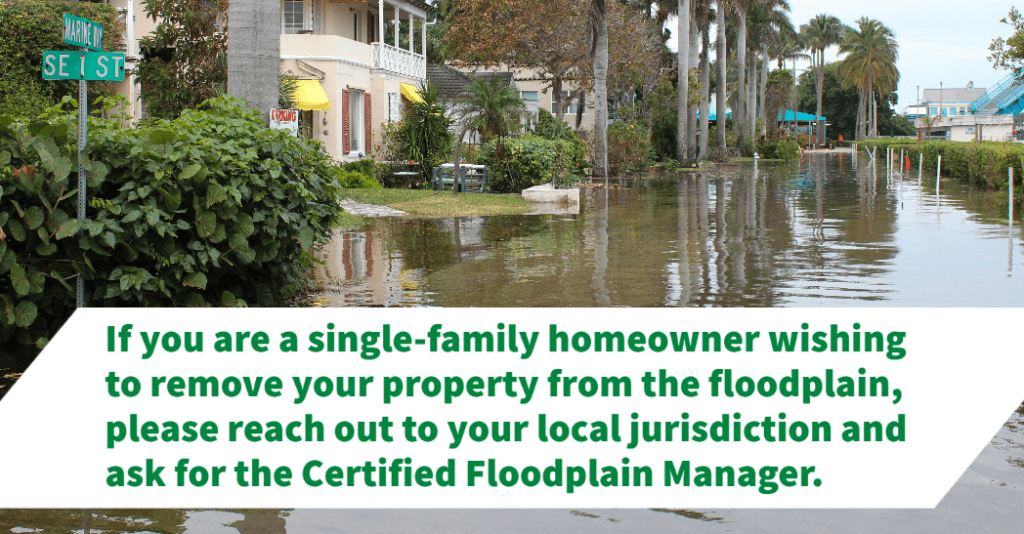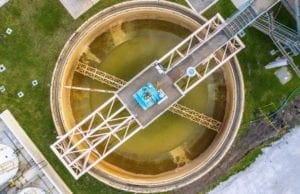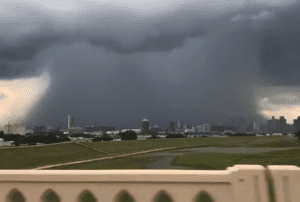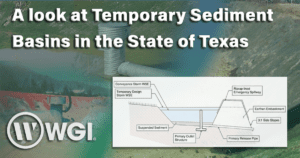
Texas Water 2023: A Record-Breaking Splash in Houston
WGI associates were recently in attendance at Texas Water 2023, the largest regional water conference in the Nation.
Learn from award-winning professionals — explore our whitepapers, blogs, and the latest industry updates.
Join our dynamic organization of engineers, land surveyors, landscape architects, environmental scientists, and architects!
Talk to a market leader today! We’ll answer any questions you have about our professional services.

Many factors contributing to the design and analysis of stormwater infrastructure and detention have been updated this year to include: detention rates, drainage determination, and floodplain mitigation, which have been a result of new NOAA Atlas 14 Precipitation-Frequency Data (Link to NOAA Precipitation Frequency Data).

These changes are effective immediately and will result in an increased detention pond volume and underground storm infrastructure. A summary of these changes are illustrated below:
Detention Rates
Harris County
Outfall Location/Method*:
*Reference Section 6.03.1.2 of the Harris County Design Manual
City of Houston
Tract Size**:
**Reference Section 9.2.01.H of the City of Houston IDM
Storm Infrastructure Sizing – is based on the updated Atlas 14 rainfall data. Reference Table 9.1 in the City of Houston IDM.
Floodplain Mitigation
Although Floodplain mitigation/regulations have not been updated since January 2018 (Harris County) and September 2018 (City of Houston), the impacts are significant and costly.
City of Houston
The effective areas include both the 100 and 500-year floodplain and yield zero net fill across the site. Zero net fill can result in structures being on an elevated foundation with crawl space or piers and additional detention volume or cut throughout the site. Foundations within the 500-year floodplain must be a minimum of two feet greater than the floodplain elevation.
Harris County
Fill may not be utilized in elevating structures, rather open foundations/piers are allowed in the 100 and 500-year floodplain. Minimum finished floor elevations (FFE) for the 100-year are 2’ about BFE and 1’ above BFE for the 500-year (Shaded Zone X only). Zones other than Shaded Zone X generally have greater restrictions for minimum FFE elevations. Like the City of Houston, Zero Net Fill is required within the 500-year floodplain.

WGI is a national design and professional services firm leading in technology-based solutions for the construction of public infrastructure and real estate development. At WGI, we’re providing Tomorrow’s Infrastructure Solutions Today.

WGI associates were recently in attendance at Texas Water 2023, the largest regional water conference in the Nation.

Avoid treatment operation disruptions & learn the critical elements to increase the longevity & sustainability of your treatment structures.

WGI is celebrating EWeek 2020 by honoring all of our dedicated engineers, and engineers around the world that have made a positive contribution to our profession.

Fall 2017 was a devastatingly tragic period for many Texans as Hurricane Harvey produced record rainfalls and flooding throughout vast portions of south Texas.

Discover the secret life of sediment basins from WGI’s experts as they detail how they function, the purpose they serve, and when they are required on a project.

ENR editors have recognized WGI as the 2021 Southeast Design Firm of the Year!
You’ve been searching for a place like WGI. We look forward to meeting you soon.
Sign up to receive emails to hear our latest news and achievements in our monthly newsletter.
Enter your zip code, and we’ll personalize your experience with local projects, office locations, team members, and more.
WGI supports its associates with meaningful opportunities for growth, strong benefits and perks, while we work collaboratively with clients and co-consultants to shape and improve communities.






WGI is a dynamic organization with opportunities nationwide for engineers, land surveyors, landscape architects, environmental scientists, and architects.